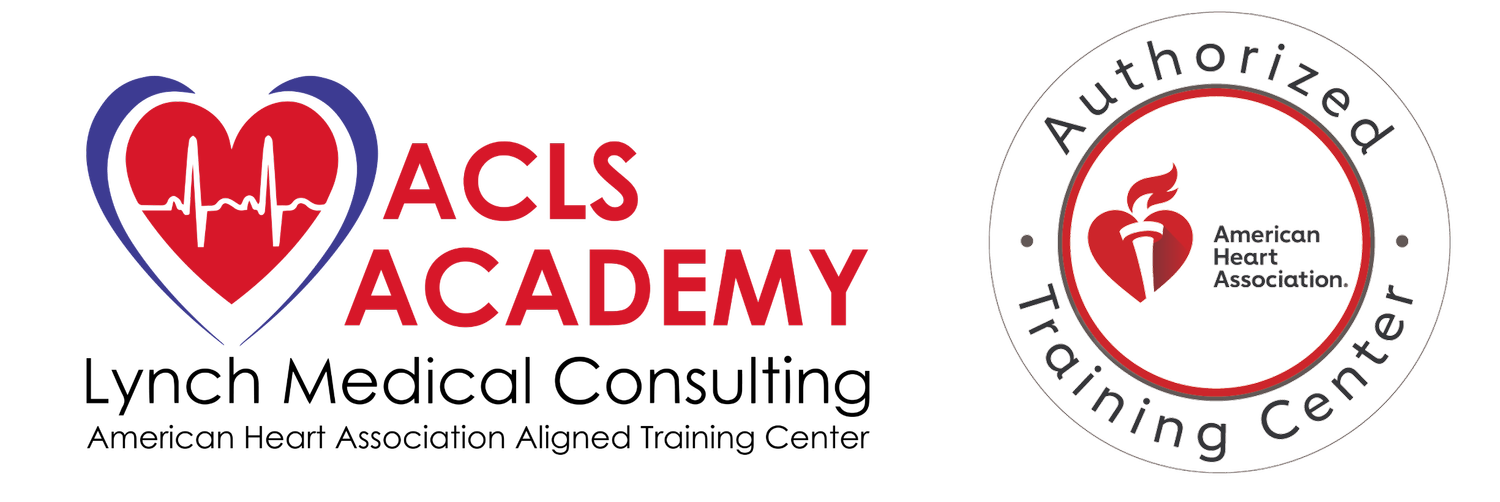When it comes to life-saving skills, the importance of quality training cannot be overstated. Whether you're a healthcare professional or a concerned citizen, knowing how to respond in emergencies like cardiac arrests can make all the difference. However, not all training organizations are created equal, and the source of your training can significantly impact your preparedness. That's where the American Heart Association (AHA) steps in, providing a gold standard for life support training. Here, we'll explore why it is crucial to ensure you're using an AHA certified training site for your CPR and first aid instruction.
1. Unparalleled Expertise and Research:
The American Heart Association is a globally recognized leader in cardiovascular research and education. Their standards for training are rooted in the latest scientific findings and best practices in resuscitation and emergency cardiovascular care. AHA's commitment to research means that when you choose an AHA certified training site, you're learning techniques that are backed by rigorous scientific evidence.
2. Consistency in Training:
AHA ensures that all its training sites adhere to a uniform set of guidelines and standards. This consistency in training materials, methods, and evaluation processes guarantees that you receive a high-quality education no matter where you choose to learn. This is essential when it comes to life-saving skills, as deviations in training protocols can lead to ineffective responses during emergencies.
3. Confidence in Your Skills:
Knowing that your training is aligned with the latest guidelines and best practices instills confidence in your ability to respond effectively during a crisis. Whether it is performing CPR, using an automated external defibrillator (AED), or providing first aid, the skills you learn through AHA certified training are designed to help you save lives.
4. Recognized Certification:
AHA certifications are widely recognized and respected by employers, institutions, and healthcare providers. Having an AHA certification on your resume can open doors to job opportunities and increase your credibility as a healthcare professional or a responsible citizen.
5. Continuous Improvement:
The field of emergency cardiovascular care is constantly evolving. AHA's commitment to ongoing research means that their training materials and guidelines are regularly updated to reflect the latest advancements in the field. This ensures that you're always learning the most up-to-date techniques and information.
6. Versatile Training Options:
AHA certified training sites offer a range of courses catering to various skill levels and needs. Whether you're a healthcare provider, teacher, coach, or parent, there's a course designed to meet your specific requirements.
7. Community Impact:
By choosing an AHA certified training site, you're contributing to a culture of safety and preparedness in your community. When more individuals receive quality CPR and first aid training, the chances of survival increase significantly in emergencies.
In conclusion, not all training organizations are created equal. When it comes to learning life-saving skills, it is essential to choose an AHA certified training site. The American Heart Association's commitment to excellence, research, and consistency in training ensures that you receive the best education possible. So, whether you're looking to enhance your professional credentials or be a more responsible member of your community, remember that quality training begins with the AHA.
Don't compromise on your preparedness for emergencies. Choose AHA certified training and equip yourself with the knowledge and skills needed to make a difference when it matters most. Your choice today could be a lifesaver tomorrow.

